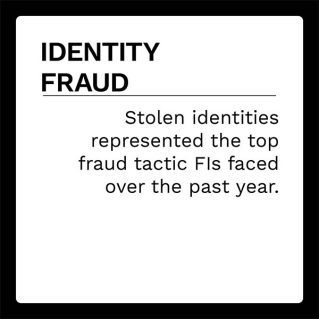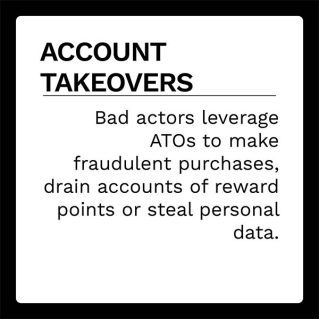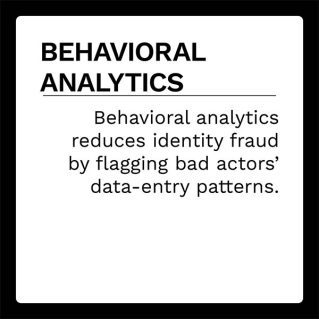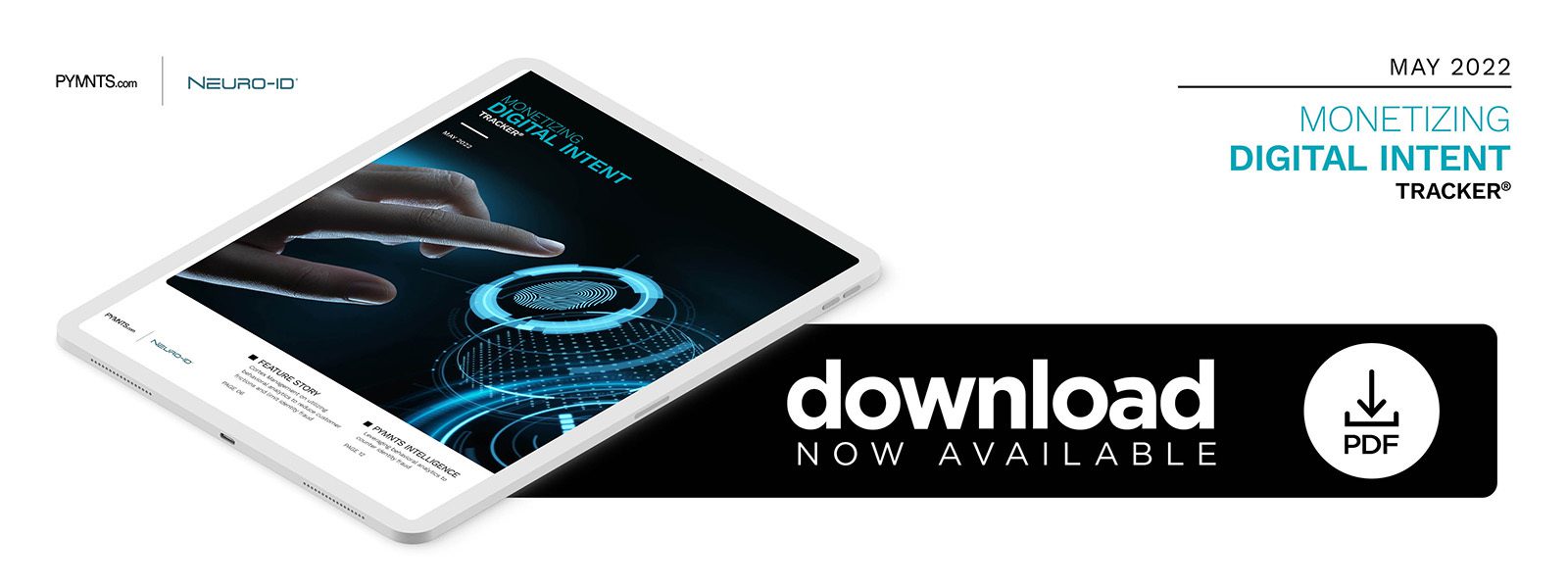Legacy Fraud Techniques No Match For Cybercriminals Using ‘Weaponized’ Identity Credentials

Identity fraud is one of the most pressing cybersecurity threats today, with 2.5 million identities stolen each year and affecting more than 15 million people in the United States. This problem hurts individuals and organizations: A recent study found that stolen identities were the top fraud method faced by financial institutions (FIs) during the past year at 55%, with synthetic identity fraud taking second place at 44%. The latter is in many ways even more pernicious, despite not having an identity theft victim. Corporate victims of this fraud cannot rely on an individual reporting a stolen identity, so they must rely on their own systems to track and stop this type of fraud. 
Businesses urgently need to stop identity fraud, but legacy techniques often prove ineffective due to fraud getting through, or customers getting so annoyed with the inconvenience that they abandon transactions. One case study found that an online lender suffered up to 70% attrition when it came to completing a simple loan process, for example, with most customers deciding to abandon the application entirely rather than undergo an identity verification process.
In the latest Monetizing Digital Intent Tracker®, PYMNTS examines how legacy defensive systems are ineffective at dealing with bad actors leveraging identity fraud and how behavioral analytics can reduce rates of identity fraud without adding needless obstacles to the customer experience.
Around the Behavioral Analytics Space
Fraudsters are constantly innovating with new attack vectors and cybercrime methods, but classics are classics for a reason. A recent study found that 86% of organizations had experienced a successful phishing attack in 2021, a 36% increase since 2020. This increase can largely be attributed to the rise in remote work during the past two years due to the ongoing pandemic, as corporate defense systems moved from in-office to the cloud and allowed security gaps.
Another common attack vector is ransomware, where a bad actor locks up or encrypts company systems until the victim pays them money, often in cryptocurrency. A recent survey of financial sector CISOs found that 74% of respondents said their company had experienced one or more of these attacks in the past year, and 63% said their company ultimately paid the ransom. Another 63% said the rate of these attacks increased in the past year, a 17% jump in respondents saying such since 2021. This report’s findings were consistent with other studies, including one from the United States Secret Service.
For more on these and other stories, visit the Tracker’s News & Trends.
Cortex Management on the Use of Behavioral Analytics for Countering Identity Fraud
Identity fraud is a pervasive issue in personal lives and the business world, with bad actors deploying countless methods to disguise their identities and steal money or data. Legacy cybersecurity systems are proving ineffective, but more advanced tools like behavioral analytics hold significantly more potential.
In this month’s Feature Story, PYMNTS talked with Nitesh Harsh, director of risk portfolios for FinTech company Cortex Management, about how behavioral analytics can help protect organizations from identity fraud while keeping customer friction to a minimum.
Leveraging Behavioral Analytics to Counter Identity Fraud
eCommerce sales are expected to hit $1 trillion for the first time this year, a significant milestone that exemplifies the titanic role of the internet in the modern economy. This increased online engagement has its downsides, however, particularly when it comes to digital fraud, and traditional fraud techniques have significant shortcomings when it comes to detecting identity fraud.
milestone that exemplifies the titanic role of the internet in the modern economy. This increased online engagement has its downsides, however, particularly when it comes to digital fraud, and traditional fraud techniques have significant shortcomings when it comes to detecting identity fraud.
This month’s PYMNTS Intelligence examines the identity fraud methods that bad actors use and how new technologies like behavioral analytics can detect and stop them.
About the Tracker
The Monetizing Digital Intent Tracker®: Using Behavior As A Service To Drive Top-Line Growth, a PYMNTS and Neuro-ID collaboration, is the go-to monthly resource for updates on trends and changes in behavioral analytics.

